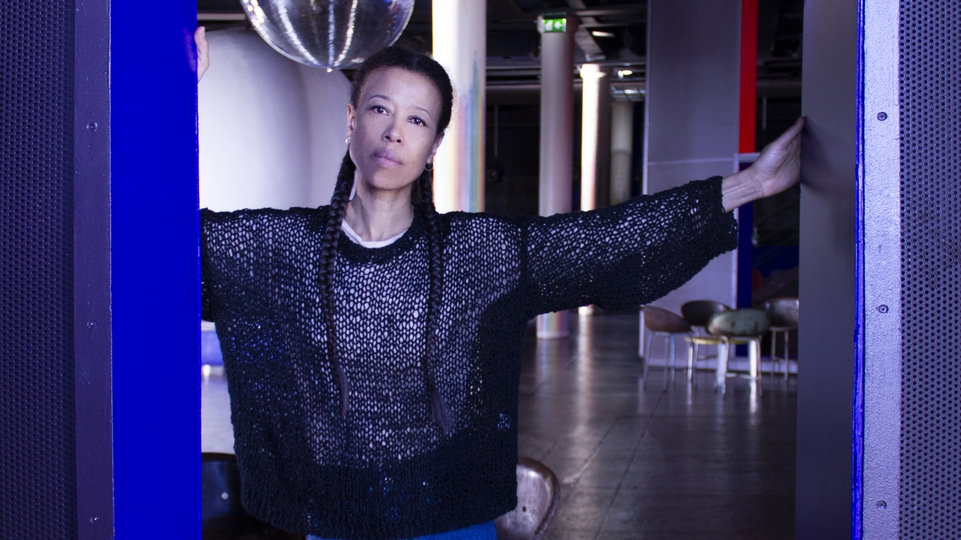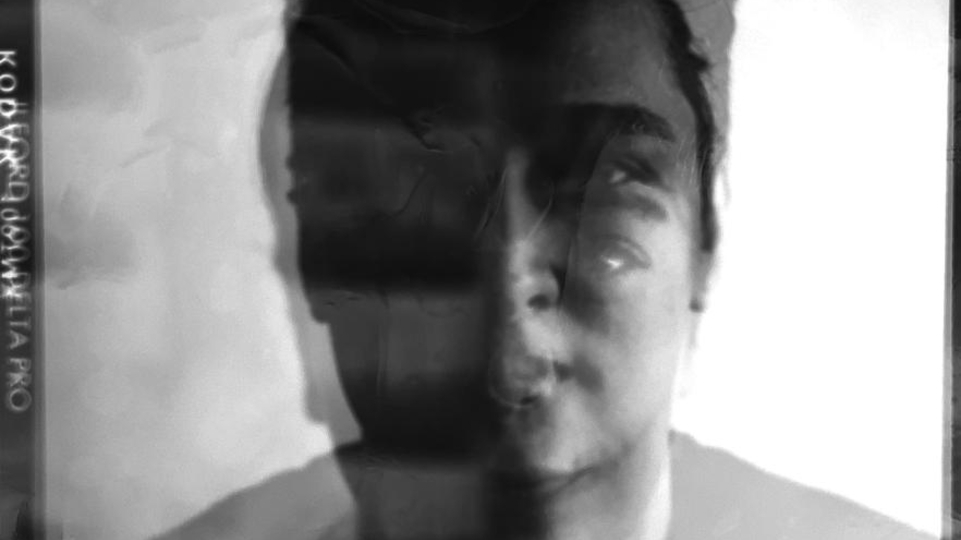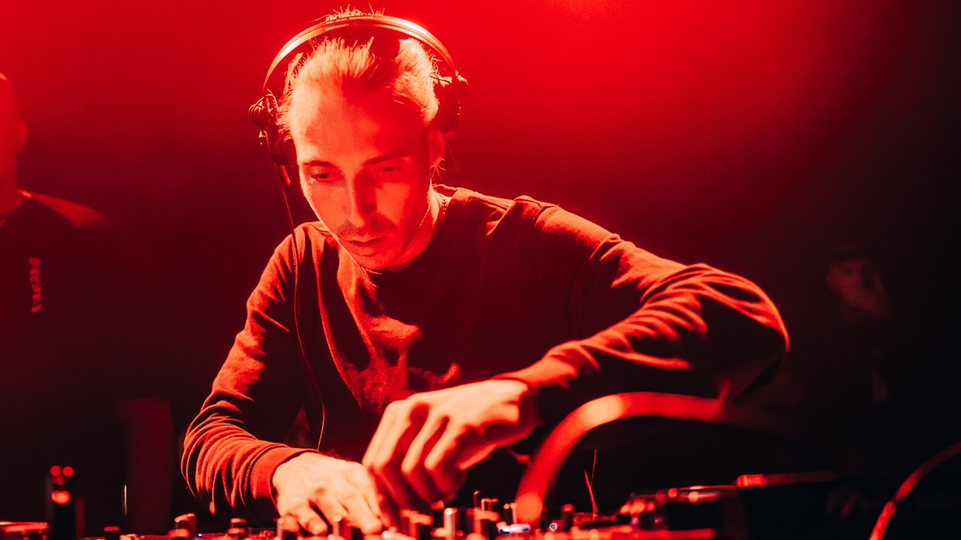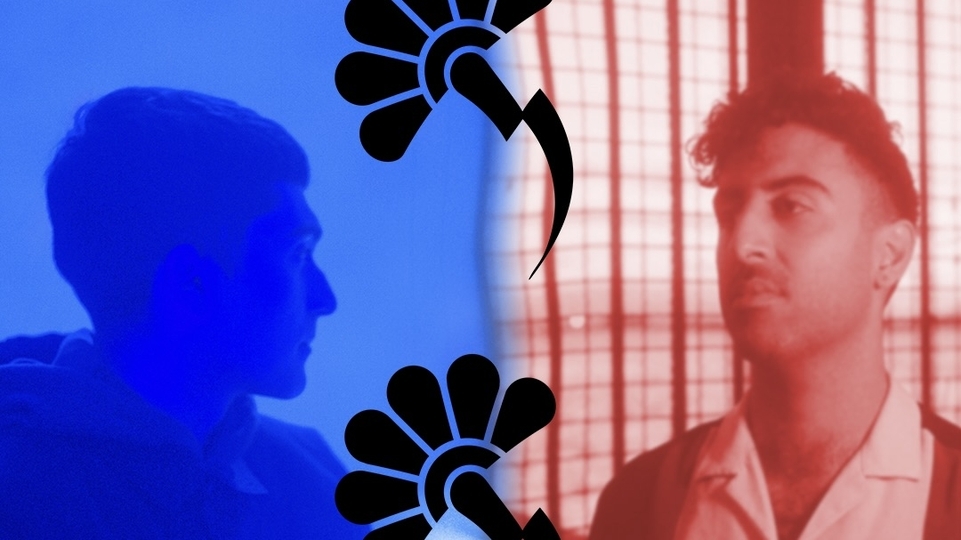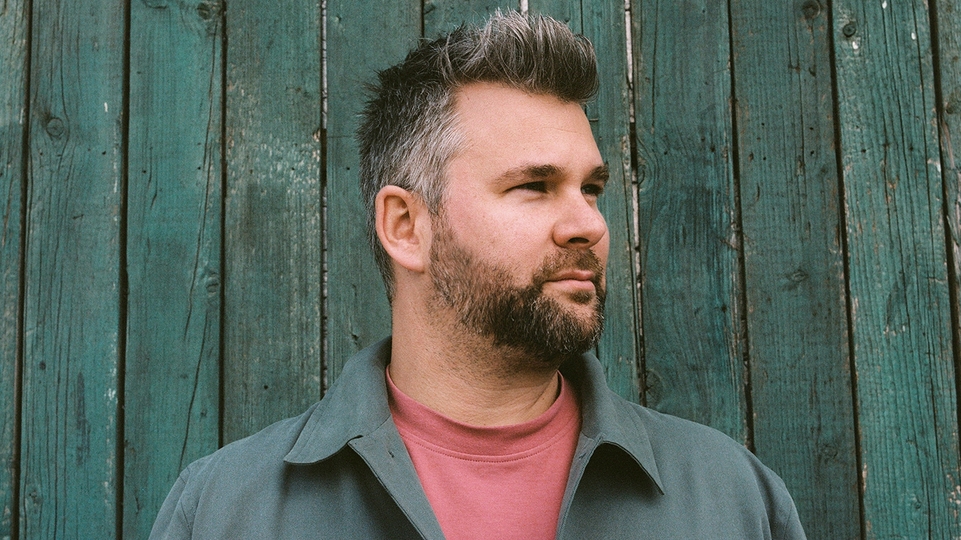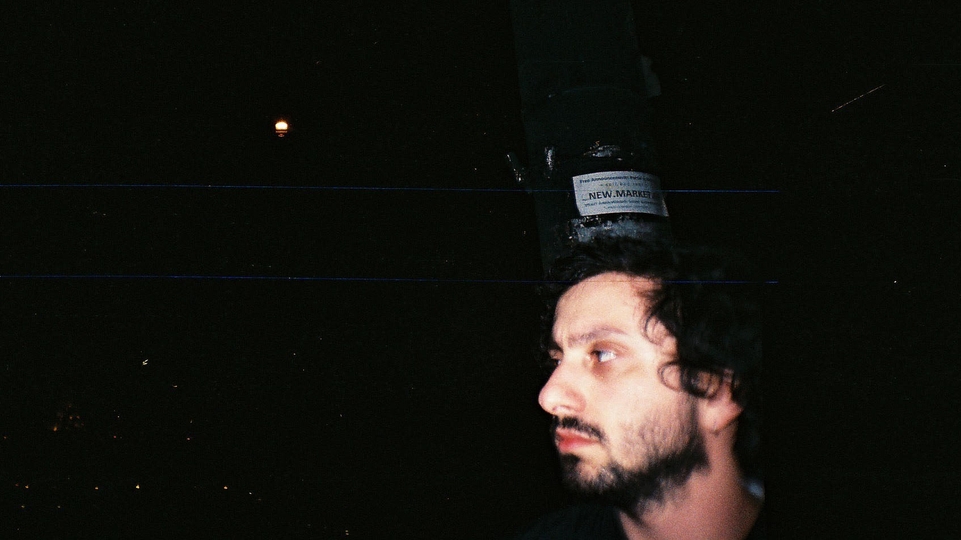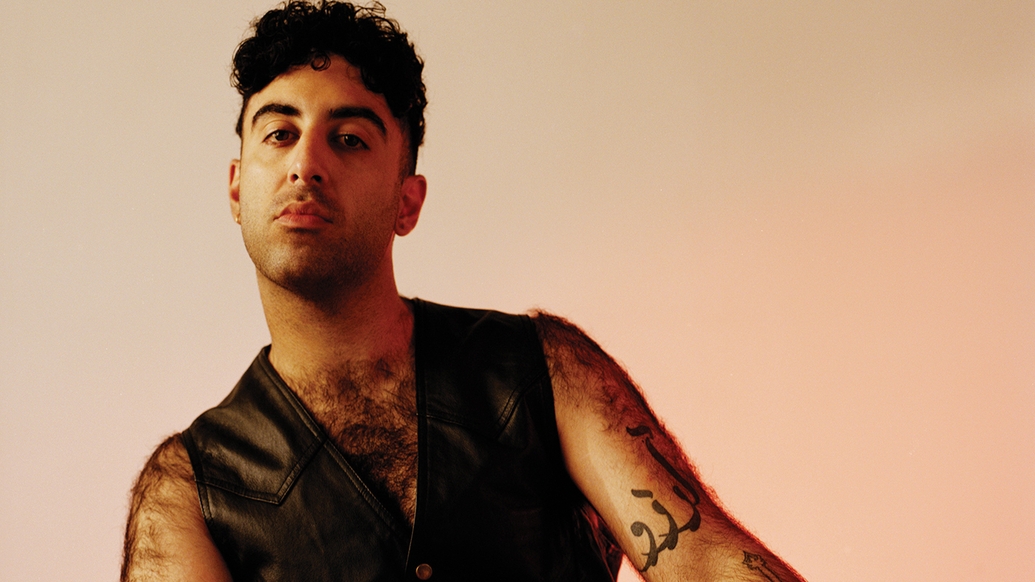
On Cue: Sepehr's rave mythology
With his Shaytoon Records label, Sepehr has built a platform for underground techno and electronic music from the Iranian diaspora. But the versatile New York-based producer and DJ fights oversimplified categorisations and pigeonholing at every turn, extracting influence from obscure ‘90s rave records as much as Persian mythology. Alongside a 90-minute On Cue mix demonstrating this sound, he tells Marke Bieschke about his Flower Storm project with Kasra V, the influence of Silent Servant, and his grunge-influenced new band
If anyone is going to be searingly candid about real life in the music business, it's Sepehr Alimagham Tabari. With his four-year-old label Shaytoon Records, he's created one of the most prominent platforms for techno artists living in the Iranian diaspora. His groundbreaking electro-incantatory project with Kasra V, called Flower Storm, recently released a second EP called ‘Do’ (“two” in Farsi), and he's just returned from a Dekmantel showcase, playing in front of one of the biggest audiences of his career. Last year's ‘Pomegranate Skies’ album, his second, cemented his status as a wizard of penumbral acid jams, laced with poetic subtext. A new live show is coming together. Gigs at Sónar and Berghain are lined up for 2024.
And yet, he's been skating through a wild rough patch, recovering slowly from shoulder surgery that's made it hard to work on new music, and trying to bounce back from a difficult breakup. “It's crazy that with all that's happening in my career, moving into these very big things, suddenly these other elements are happening that are, well, not so good. I guess it's to remind me I'm human,” Sepehr says over the phone from his Shaytoon HQ in New York City. “And even then it seems so ridiculous to talk about what's happening to me, which is on such a tiny level compared to what's going on out there. The world is just in a very dark place right now.”
Part of that darkness is the news that revered DJ/producer Silent Servant has passed away a few days before Sepehr speaks with DJ Mag. “He was such a sweet guy, with this enormous web of connections to every techno-adjacent scene: EBM, post-punk, everyone. That's really special, because usually when people get to that level, they only hang out with the flavour-of-the-month, headliner-type people, creating hollow friendships and treating people like trading chips — which is what I see all the time, and what I've always been against. When we met, he told me he appreciated my music, and that was huge in giving me the confidence to keep going.
“It's so sad that he's gone. I hope it spurs some real conversations about valuing people while they are here, and what people are doing to get through these times. All we do is post memorials to people we've lost, but there's no action behind changing how we're losing them. We surround ourselves with this music that is literally magic. Not to sound all Kumbaya about it, or that's fine if I do, but now we need to really use it and come together as a community, to save ourselves.”
The ancient, transformational magic of art and culture is at the root of the Flower Storm project, which takes its name from a 1972 animated short film by Ali Akbar Sadeghi. That award-winning cartoon retells an Iranian legend of duelling kingdoms, whose cannonballs were supernaturally transmogrified into verdant blossoms, raining down on the opposing armies in a shower of inflorescence. The animation style draws on the traditional art of Persian miniatures, as Flower Storm's music draws on Sepehr and Kasra V's expansive library of traditional Iranian sounds. Daf, tonbak, and santoor instruments and sampled classic film dialogue melds with sinuous, multidimensional beats and deep references: 'The First Trial', the lead-off track of ‘Do’, is a cavernous revisioning of Coil's hallucinogenic ‘Further Back and Faster’ from 1991, sizzling with acid reverberations.
“The whole concept is recontextualising Iranian music into contemporary club sounds, using mythology and folklore as a foundation, as well as our own experience living in the diaspora,” says Sepehr. “With the Flower Storm releases, we're trying to take the expansive approach of the 1990s, when there would be these random test presses, and DJs would be playing alternate versions that were special and rare, records you could pick up at the show. We've got a limited release dubplate coming out, ‘Do O Nin’ [two point five] after ‘Do’, giving that kind of old-school underground feeling of not just another one-and-done release, then onto the next one.
“We're trying not to make it just another pigeonhole project,” he continues. “Just because it has Iranian sounds it gets pigeonholed into the 'Iranian category'. It's the same impetus as my label and my own music: we're club kids, and we want to make bangers, stuff you could hear at any major club in the world. The Iranian component comes from our soul just as much as the rave component.”

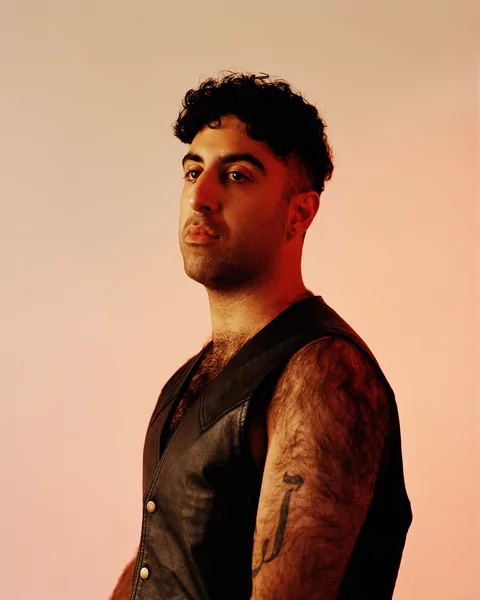
Despite his love for the ’90s scene, what Sepehr's not taking from that decade is the electronica “exotica” genre, in which mostly white producers grafted “world” sounds over contemporary beats, relegating entire cultures to background music at the café. “I fucking hate that stuff so much, I think what keeps me going sometimes is just pure animosity toward it. The worst thing in the world is taking this tremendous legacy and churning out some Hollywood, easy-listening bullshit.”
The main way Sepehr elevates his sound far above that multi-culti kitsch is by drawing on the actual music that was being played in his home growing up in San Jose, California, where his Iranian Christian immigrant parents introduced him to ’70s American disco, revered Iranian pop stars like Googoosh and Hayedeh, and Iranian folk music, via a mysterious ever-present cassette in his father's car. As a teen, he rebelled hard against these genres — “the typical second-gen experience of wanting to assimilate by hating where you're from,” he says — fleeing to alternative rock and, eventually, underground raves in San Francisco, where he found his calling as an electronic musician. As he developed his art, however, he embraced the sounds of his youth, while also striving to expand the vocabulary and reach of Iranian music.
“My dream has always been to build an international foundation for Iranian artists to connect and support each other, no matter what kind of music they make. I want to go beyond this whole thing of 'Oh wow, Iranian techno!' like it's a novelty act. And as more Iranian artists gain a voice, which is awesome, I'm finding a freedom to not pigeonhole myself either. For instance, my current DJ style is about mixing obscure dance records from the late ‘90s with highly contemporary stuff. To me, a lot of what's being put out now is so heavy on sound design elements that it can be boring. But weaving in and out of that with these more compressed, wonky, even a little cheesy ‘90s rave tracks forms this crazy wormhole between eras.
“Don't get me wrong, there's still nothing like dropping a big-time banger with Iranian samples and levelling the dancefloor. But it's not only about that for me,” he adds. “The way things are at the moment with how bookings work, if you associate yourself with one particular sound you can turn your whole clock back. There's no versatility. I put out a couple electro records years ago, and I'll get booked even now and when I see the promotions, it's like 'Sepehr's bringing the electro heat!' And I'm like, ‘Dude, I have zero electro records in my set’. I'd love to rip an awesome electro set sometime, but I got slotted so hard I'm afraid! I envision a utopia where these strict genre categories don't exist.”
Moving even further beyond genre, Sepehr's next ambitious move is getting his band off the ground, once his shoulder heals enough to rehearse. He's been training himself to write songs, which he'll be singing. The specific sound, of course, is hard to describe without falling into genre, but the low-tuned distortions of grunge, metal, and noise are touchstones. “I'm getting so much childlike joy out of playing with these ideas and fulfilling this dream of fronting a band. It's another way of embracing a past that I had kind of rejected once I got sucked into electronic music. But I want to leave a legacy of music that people can listen to far in the future.”
Listen to Sepehr’s DJ Mag On Cue mix below.
